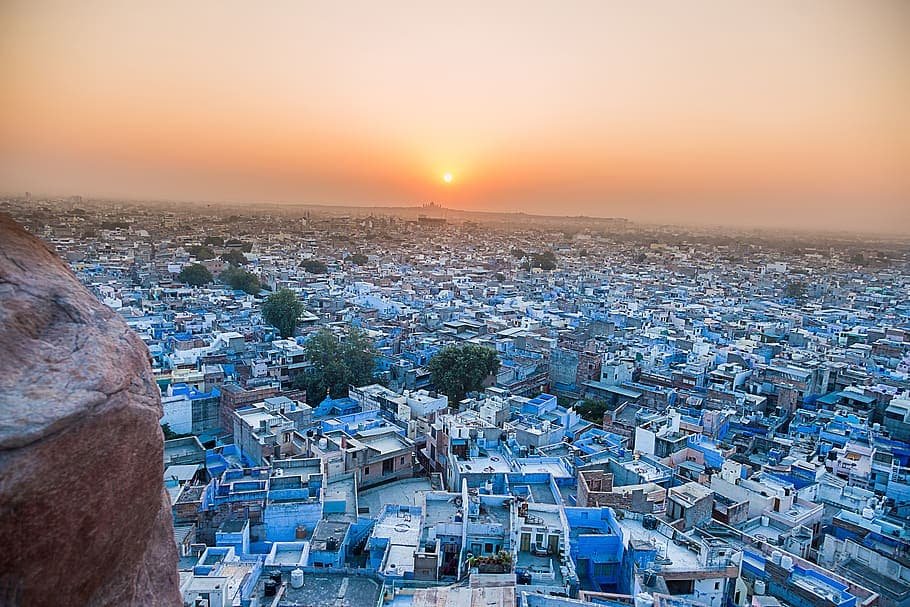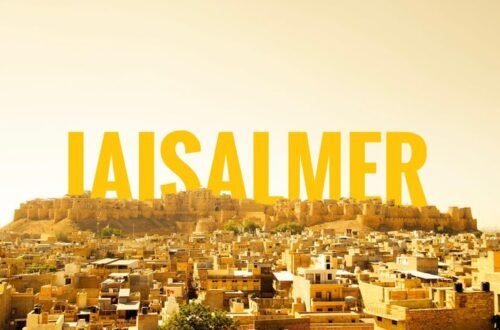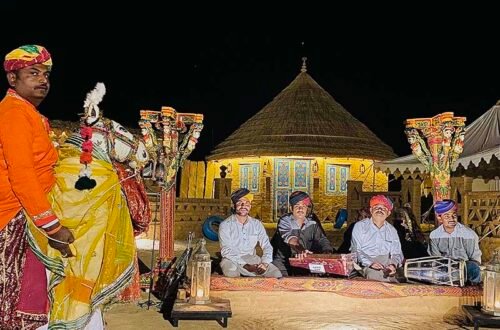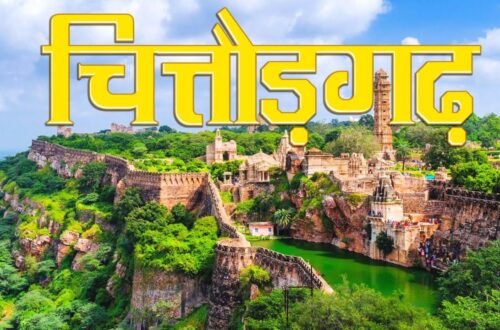Nestled in the heart of Rajasthan, Jodhpur stands as a timeless blend of heritage, color, and cultural mystique. Known across the world as the Blue City, this royal destination invites travelers to explore its painted charm, historic lanes, and majestic forts. Whether you are a local traveler or a global explorer, discovering the secrets behind the city’s blue hues becomes an unforgettable experience. Many visitors choose a reliable jodhpur taxi service to navigate through the narrow lanes and hidden corners of this vibrant city, ensuring a comfortable and immersive journey into its history and heritage.
The Origin of the Blue City
The blue-painted houses of Jodhpur are not merely a visual delight; they tell stories of tradition and purpose. Historically, Jodhpur was the stronghold of the Rathore clan, and the old city was enclosed by a massive fortification wall that still defines its boundaries. The tradition of painting homes blue began centuries ago, believed to be initiated by Brahmins, the priestly class, to distinguish their houses from others. The blue pigment, derived from copper sulfate, was not only symbolic but practical — it helped repel insects and kept homes cooler in Rajasthan’s extreme heat.
Legends and Myths Behind the Blue
Like much of Rajasthan’s charm, the story of Jodhpur’s blue color also finds roots in folklore. Some say that the blue was a tribute to Lord Shiva, as many Brahmins were ardent devotees. The color represented the divine aura of calmness, wisdom, and spiritual depth. Others suggest a royal decree encouraged this uniformity, giving the city a distinct identity that set it apart from neighboring towns. Locals also believe that the blue hue was seen as auspicious — a color of protection and positivity that shielded the residents from evil spirits and misfortune.
The Practical and Environmental Purpose
Beyond cultural symbolism, the choice of blue had practical reasoning. Jodhpur faces scorching temperatures, often exceeding 45°C in summer. The blue limewash reflects sunlight and keeps interiors significantly cooler. Additionally, the mineral composition in the blue paint acts as a natural pest deterrent. This blend of utility and aesthetics transformed what started as a Brahmin tradition into a city-wide phenomenon, with non-Brahmins soon adopting the same practice for both comfort and community identity.
Exploring the Blue City Today
Walking through the narrow streets of the old city feels like stepping into a living painting. The iconic Mehrangarh Fort towers above, offering panoramic views of the sea of blue houses below. Each corner reveals something new — from age-old temples and handcrafted textiles to bustling markets like Sardar Market near the Clock Tower. For travelers wanting a seamless exploration, a cab service in jodhpur provides the best way to experience the city’s intricate blend of old and new. These local experts not only ensure convenience but also share local stories that guidebooks often miss.
Local Beliefs and Symbolism
Even today, locals believe that the blue walls bring harmony and protection. The color represents serenity and unity in a city filled with life and motion. Families continue to repaint their homes every few years, maintaining the signature charm that attracts thousands of visitors annually. The continuity of this tradition demonstrates the city’s deep respect for its cultural identity. Whether it’s a modest household or an ancient haveli, the devotion to keeping the blue alive speaks of Jodhpur’s strong connection between its people and their environment.
The Blue Beyond Walls: Cultural Expression
In Jodhpur, the color blue extends beyond architecture — it influences art, fashion, and lifestyle. Local artisans use indigo in textiles, pottery, and even decorative motifs. The famous bandhani (tie-dye) patterns often carry hints of blue, reflecting the city’s character. Music, folklore, and even traditional festivals incorporate this shade as a symbol of tranquility and loyalty. Visitors who embark on the Jodhpur City Tour Package often discover how deeply this color runs through the city’s veins — from its visual identity to its soulful expressions.
Experience, Expertise, and Local Insights
What makes Jodhpur’s blue legacy so remarkable is the living connection between its people and their surroundings. Every resident, shopkeeper, and guide carries a story that adds layers to the city’s identity. Experienced travelers often emphasize exploring the lesser-known alleys, engaging with locals who share personal memories of painting their homes and preserving age-old customs. As tourism grows, Jodhpur has managed to balance modern development with heritage preservation, ensuring that the essence of the Blue City remains authentic and untouched.
The Blue City Through the Eyes of Experience
When seen from Mehrangarh Fort at sunset, Jodhpur’s blue expanse glows under the golden light — a sight that leaves every visitor speechless. The interplay of color and architecture is more than visual beauty; it is a reflection of endurance, creativity, and identity. Travelers often describe this experience as spiritual — a moment that captures the city’s soul. The essence of Jodhpur lies in these small details — the painted doors, the laughter echoing in the lanes, and the endless blue that mirrors the desert sky.
Preserving the Blue Legacy
As tourism and modernization grow, the challenge lies in preserving this fragile legacy. Conservation efforts are underway to protect the traditional architecture and prevent pollution from dulling the city’s famous hue. Heritage walks, cultural workshops, and awareness campaigns have encouraged locals and tourists alike to respect the old while embracing the new. Jodhpur’s Blue City is not just a destination; it is a living heritage that continues to inspire artists, architects, and storytellers across the world.
Conclusion
The story of Jodhpur’s Blue City is one of tradition, wisdom, and resilience. The color blue, whether seen as divine, practical, or aesthetic, unites generations under a shared cultural narrative. Exploring Jodhpur is not just about sightseeing; it is about understanding the essence of Rajasthan’s royal soul — a place where every wall has a tale to tell and every hue whispers history. With its enduring charm and the warmth of its people, Jodhpur remains one of India’s most enchanting cities — forever blue, forever royal.





